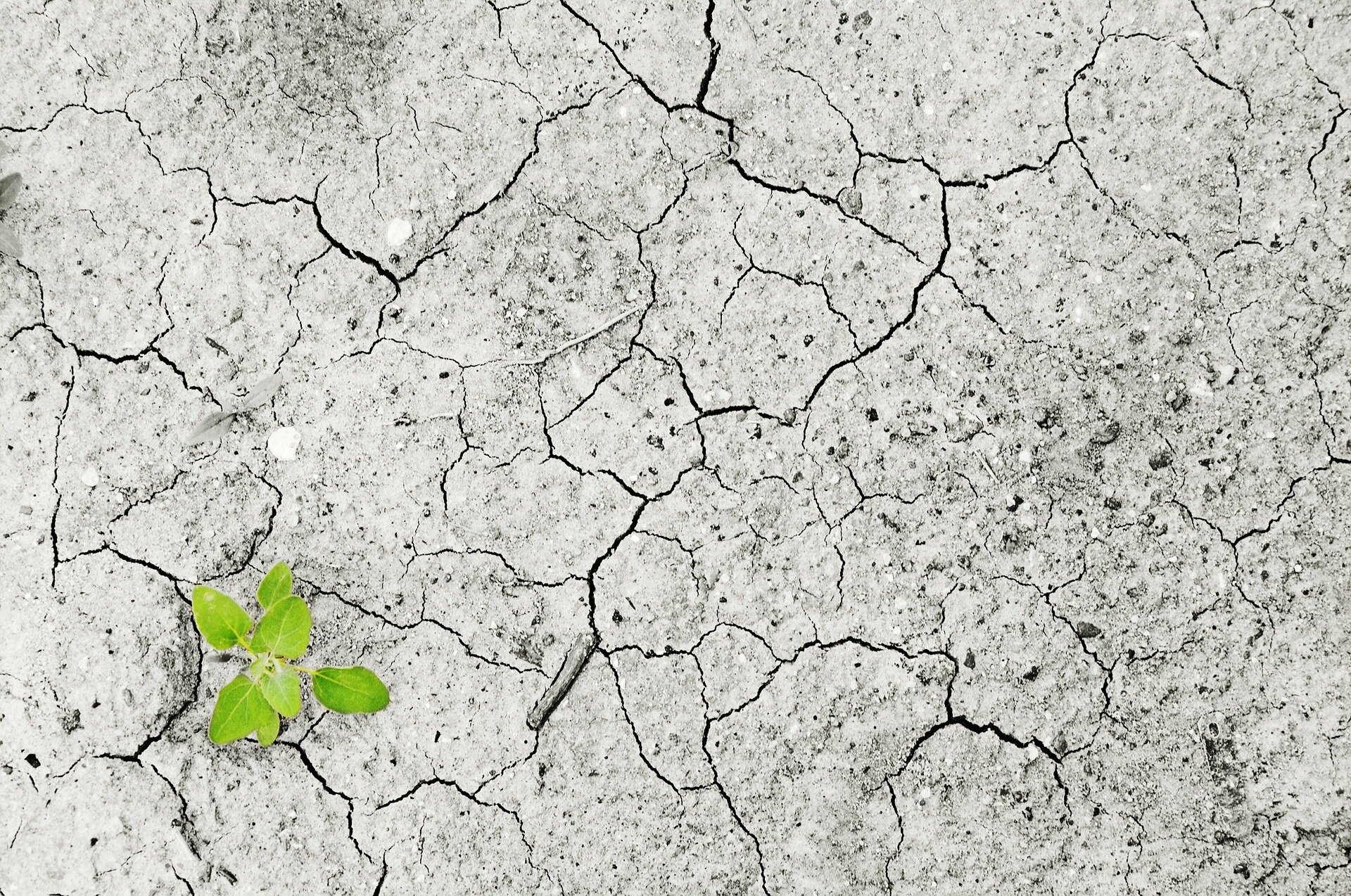- China property stocks surge to highest levels in a year as stimulus rally continues
- Hong Kong stocks rally more than 5% in sixth straight day of gains
- Dollar firm as war widens in Middle East
- Oil prices rise on escalating attacks in the Middle East
- Gold prices flat as dollar strength counters safe-haven demand
What do you believe is the single most important factor driving up the cost of living in Nigeria?

AI model detects impervious surfaces in aerial images
In accordance with the German Sustainability Strategy, new impervious surfaces are to be limited to less than 30 hectares per day nationwide. In order to verify whether this target is met, it must be possible to monitor soil sealing at regular intervals.
Geoscientists at Ruhr University Bochum, Germany, working with Professor Andreas Rienow's team are developing a new method for this purpose, using the state of North Rhine-Westphalia as an example. Ph.D. student Jan-Philipp Langenkamp is working on a model that uses artificial intelligence (AI) to automatically detect impervious surfaces in aerial images. The team's findings are published in Rubin, the Ruhr University Bochum's science magazine.
More precise than estimates based on land registers
To date, the amount of impervious surfaces in NRW has been determined using the land survey registers of the 53 land registry authorities. They record which areas are used and how.
However, not all impervious surfaces are included: "Smaller buildings such as garden sheds, for example, which don't require planning permission, are not recorded," points out Andreas Rienow. Such supposedly small deviations from reality do add up.

- October 1, 2024
President Akufo-Addo donates pick-up truck to Kinbu SHTS




- October 2, 2024
Fighting forest fires more efficiently from the air


- October 2, 2024
Microsoft beefs-up its AI assistant with voice, vision

- October 1, 2024
Why pay tax? African study finds trust in government is key

Subscribe to our mailing list to get the new updates!

Subscribe our newsletter to stay updated
Thank you for subscribing!





